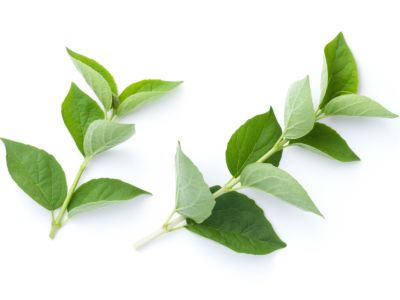Why Jasmine Does Not Bloom
Maybe your indoor jasmine plant looks healthy with lush green foliage. You’ve cared for it meticulously, feeding and watering and still jasmine flowers are not blooming. Perhaps fertilization is the problem. Too much nitrogen fertilizer will direct energy to growing foliage and take away from the blooms that are forming. This can also be the issue when most jasmine flowers are not blooming, but a few are peeking through. Try fertilization with a low, or even no-nitrogen, plant food. Phosphorus-heavy plant food often jolts plants into bloom. Perhaps all that extra care included moving your potted jasmine into a bigger container. Be patient, jasmine must be root bound to produce blooms. Good air circulation is necessary for the good health of this plant. Healthy plants are more likely to bloom than those that are in need. Keep this plant near open windows or near a fan that helps circulate the air. The non-flowering jasmine may be living in the wrong growing conditions. Light and the right temperature are necessary for blooms from the jasmine that is not flowering. Temperatures should fall between the 65 and 75 degrees F. (18-24 C.) range during the day. Prune your jasmine plant when blooms are finished. If you can’t prune at this time, make sure the pruning is done by midsummer. Pruning later can remove the season’s buds that may already be forming. Heavy pruning for this plant is encouraged; if done at the right time it will encourage more and bigger blooms.
Rest Period for Blooms
To produce winter blossoms, indoor blooming jasmine must have a period of rest in the fall. During this time, nights should be dark. Locate the non-flowering jasmine in these conditions. If you have problems with streetlights shining through the window at night, put the jasmine with no blooms in a closet during the nighttime hours. Outdoor jasmine with no blooms can be covered with a dark, lightweight landscape covering, or even a sheet, but be sure to remove it when the sun comes up. The jasmine with no blooms will still need light during the day. Water the non-blooming jasmine on a limited basis during this rest period. Withhold fertilization for the four to five week period. Keep temperatures at 40 to 50 degrees F. (4-10 C.) during the resting time for the jasmine flowers that are not blooming. When flowers start to appear on the jasmine plant that has not been blooming, move it to an area where it gets six hours of light per day. Temperatures of 60 to 65 degrees F. (16-18 C.) are appropriate at this time. Resume regular watering and feeding. At this time, the jasmine plant will need humidity. Place a pebble tray filled with water near the jasmine that has started to bloom. You can even place the potted jasmine on the pebble tray, but leave it in a saucer so that it does not absorb the water and become soggy. Soggy roots on this plant will delay or stop blooms as well, so be sure to only water the jasmine plant when the soil is dry to ½ inch (1.5 cm.) down.
